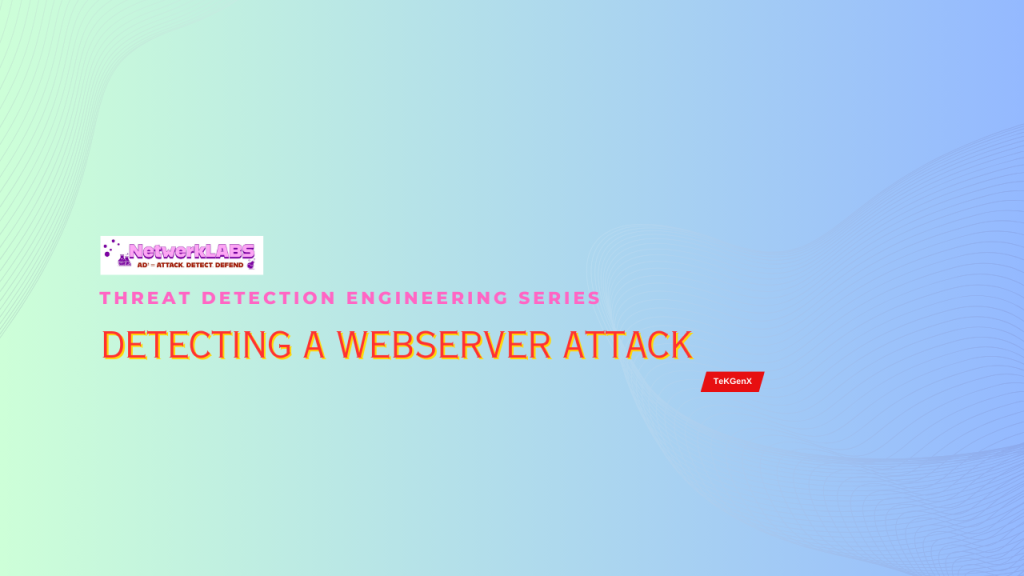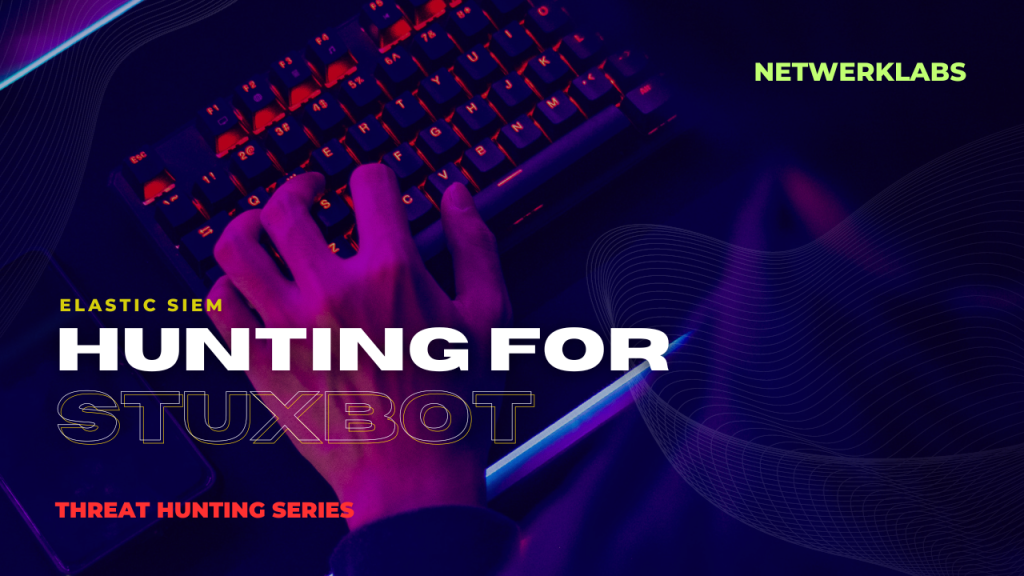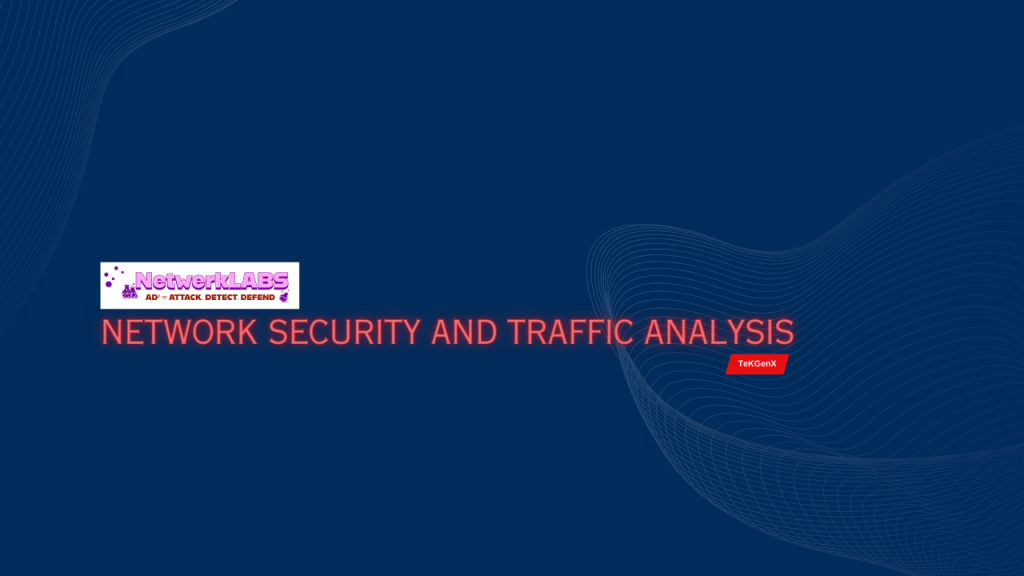ELASTIC SIEM: Kibana Query Language (KQL)
Different Syntax Languages Kibana supports two types of syntax languages for querying in Kibana: KQL (Kibana Query Language) and Lucene Query Syntax. Kibana Query Language (KQL) is a user-friendly query language developed by Elastic…






